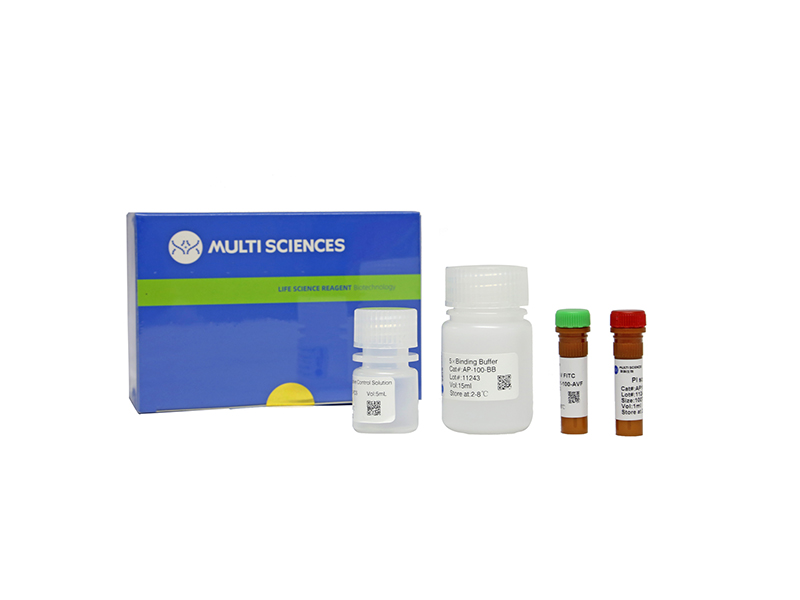Considering the vital role of cellular redox state, more and more researches focus on the design of drugs targeting thioredoxin reductase (TrxR), an important enzyme in maintaining the balance of cellular redox. Here two organic arsenicals, 2-(((4-(1,3,2-dithiarsinan-2-yl) phenyl) imino) methyl) phenol (PIM-PAO-PDT) and N-(4-(1,3,2-dithiarsinan-2-yl) phenyl)-2-hydroxybenzamide (PAM-PAO-PDT), bearing the S-As-S chemical scaffold and different linking groups have been synthesized, and both of them show the better inhibitory activity and selectivity towards HL-60?cells. Importantly, it is illustrated that they can target TrxR selectively and inhibit its activity via the disturbance for Cys83 and Cys88 located in conserved active sites. Afterwards, the cells suffer from the burst of ROS, consumption of antioxidants and high sensitivity for oxidants, which further damage the mitochondria leading to dysfunction including the collapse of membrane potential, ATP level decline, mitochondrial membrane swelling, MPTP opening, Ca(2+) and cytochrome c release. Then the mitochondria-dependent apoptosis is triggered by PIM-PAO-PDT and PAM-PAO-PDT, which can also be deterred in the presence of NAC, DTT or LA. Although the organic arsenicals can suppress TrxR activity, the following oxidative stress and mitochondrial dysfunction are the main causes for apoptosis.
文章引用产品
-
-
- AP101
- 凋亡试剂盒
Annexin V-FITC/PI Apoptosis Kit(适用于除C6以外的流式细胞仪)
-
¥630.00 – ¥1,280.00
-
- AP101
- 凋亡试剂盒
Annexin V-FITC/PI Apoptosis Kit(适用于除C6以外的流式细胞仪)
- ¥630.00 – ¥1,280.00



